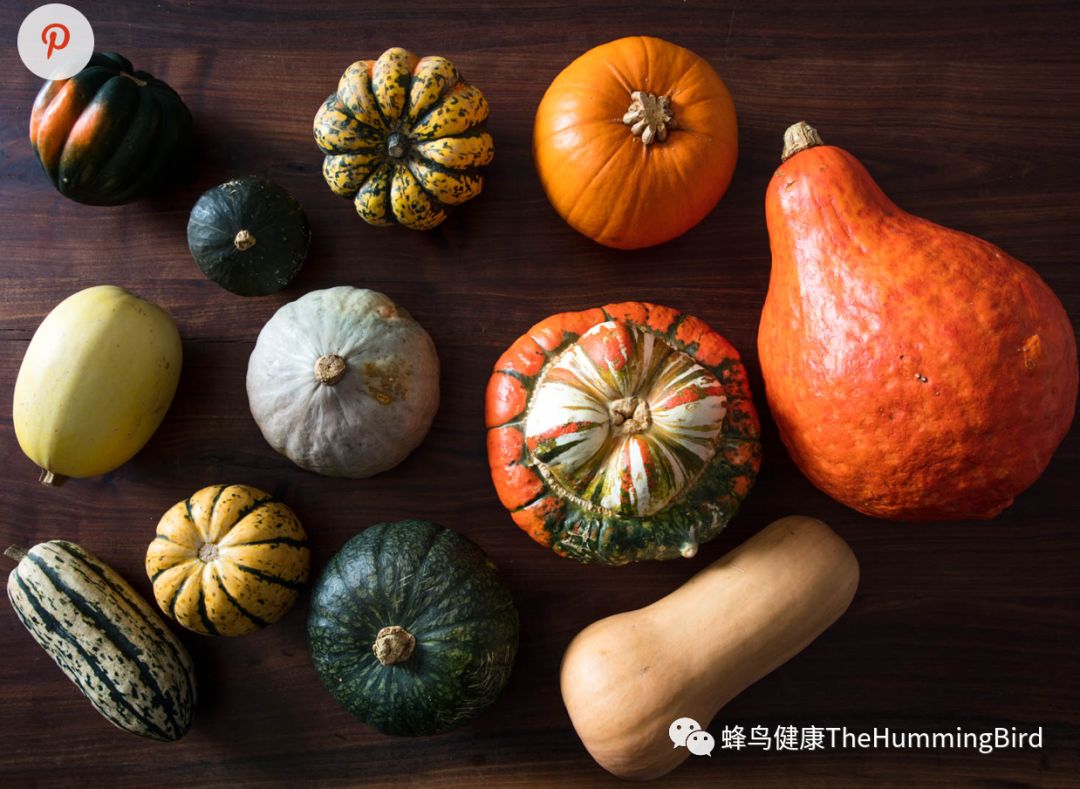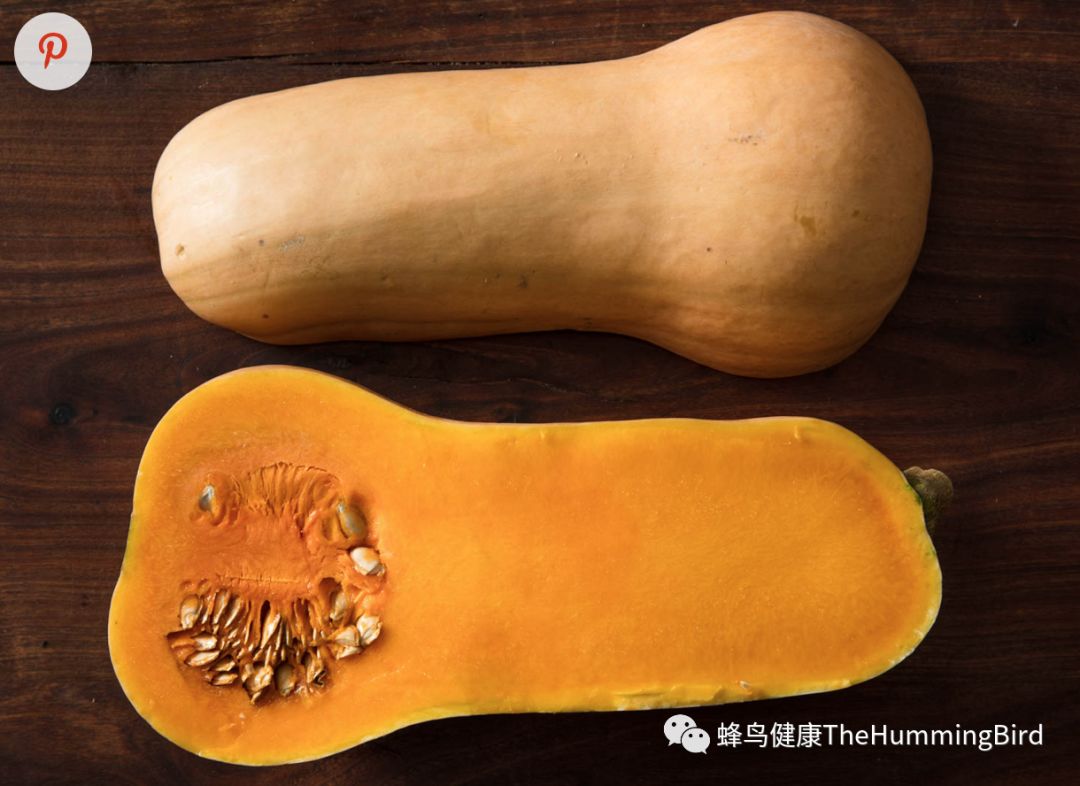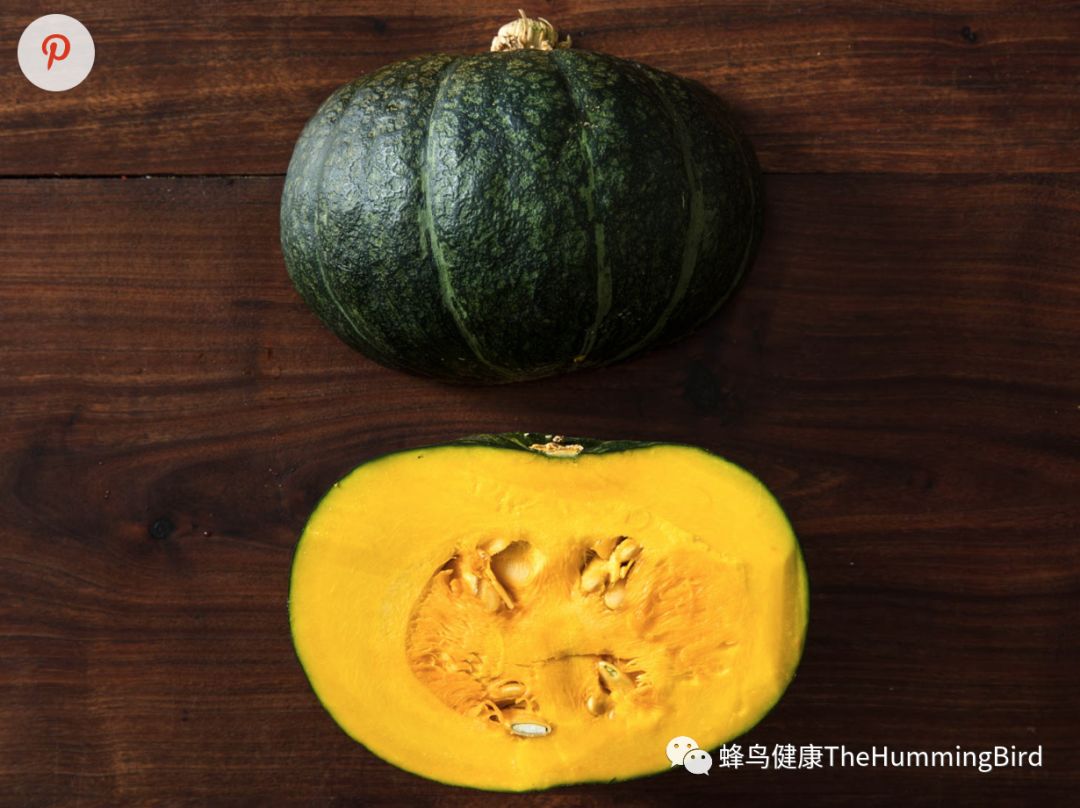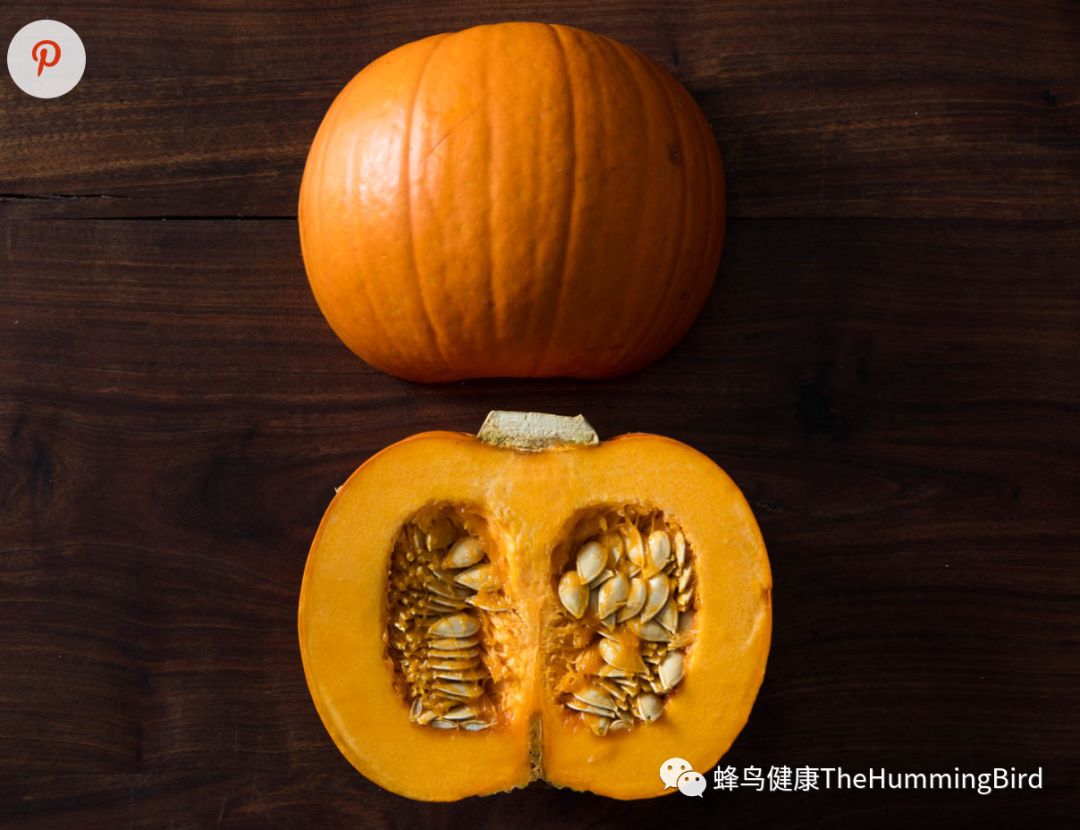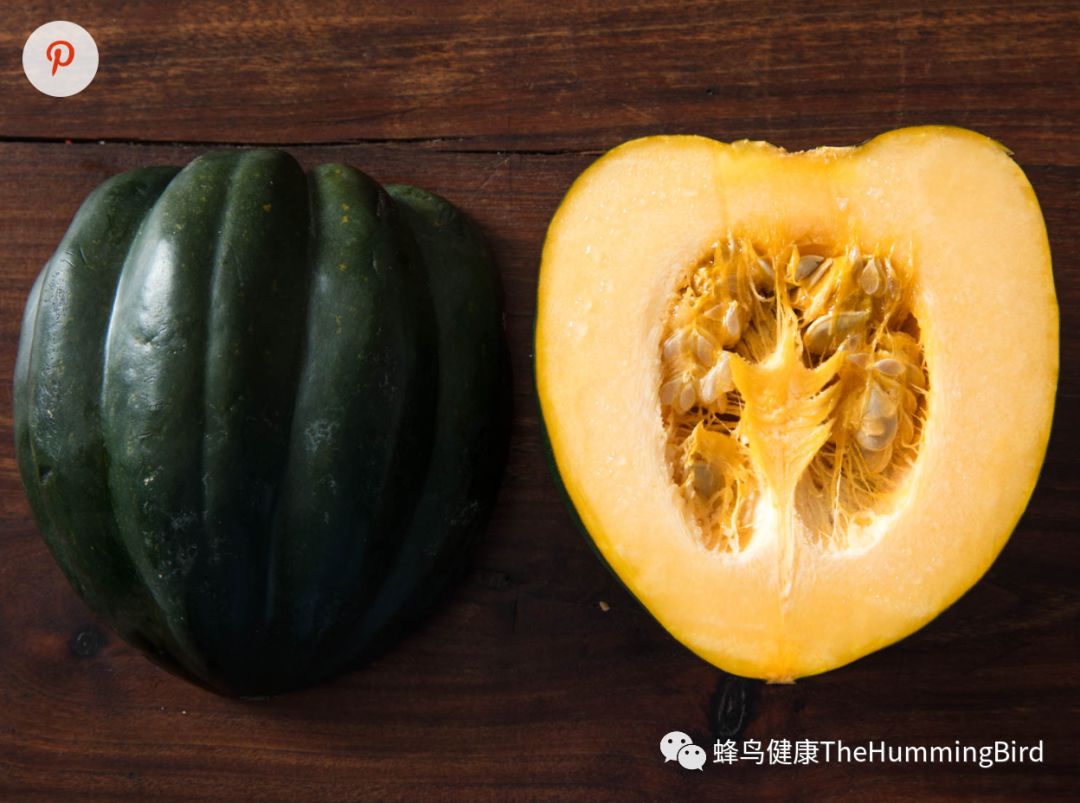Anjani 蜂鸟健康TheHummingBird 2019-01-22 原文文章源自安疗网https://www.anliao.life/安疗网-https://www.anliao.life/2915.html
文章源自安疗网https://www.anliao.life/安疗网-https://www.anliao.life/2915.html
English Version is further down.
这道无乳制品和脂肪的汤就像来自碗里的一个拥抱。它有奶香味,让人感到温暖和舒适。丰富的南瓜风味与大蒜、洋葱和咖喱的温暖融为一体。这是一个很容易提前准备的菜,可以在需要时立即获得满足感。
各类南瓜(包括日本南瓜、橡果型南瓜、奶油南瓜等各种南瓜):富含肝脏可以轻松吸收储存的各种营养元素。极高的类胡萝卜素含量可保护肝细胞免受损害。南瓜中优质的葡萄糖可以稳定肝脏,使得体内血糖稳定。
大蒜:由于肝脏在现代面临大量的病毒威胁,它需要草药和食物的帮助来对抗入侵者。大蒜就是这样一种食物。大蒜的药用和辛辣的特质是病原体最可怕的噩梦。来自大蒜的植物化合物渗透肠道壁进入血管,通过肝门静脉进入肝脏,肝脏的免疫系统非常欢迎这些化合物,它们对于肝脏就像救援军队一样,解救免疫系统,使其可以喘口气得以重建力量。
这些植物化学物就像撒在敌人眼中的沙子,直接击中肝脏内的各种病原体,迫使它们退缩,甚至杀死其中一些病原体。如果你对大蒜很敏感,可以尝试洋葱,它们有类似的品质。如果你对大蒜不敏感,可以在感觉需要的时候随时吃。
配料:
1个日本南瓜(如果没有日本南瓜,可以用其他南瓜替代,甚至可以用红薯替代,不管哪种南瓜,大概需要6杯任意一种南瓜的切块。请见菜谱后的图示关于不同种的南瓜,实际上的种类其实更多)
3杯水或者蔬菜汤(例如可以使用参考“疗愈汤品”的汤)
1杯切碎的洋葱
4瓣蒜切碎
1茶勺咖喱粉
半茶勺盐
半个青柠榨汁
1/4茶勺红辣椒片(可选)
准备:
将水快速煮沸后浸泡整个南瓜,保持沸水煮5分钟后将其翻转,继续保持沸水再煮5分钟。小心地取出南瓜,放在一边冷却。
当南瓜变凉时,去皮将其切成两半,去除南瓜籽。将其切成丁,大概有4杯的量。将南瓜丁放入锅中,加入蔬菜汤或水、切碎的洋葱和蒜、咖喱粉、盐和柠檬汁。将汤煮沸后变成小火继续炖15到20分钟,不断搅拌,直到南瓜变软并煮熟。
将所有原料和汤全都放到搅拌机中混合至丝滑,一开始可以缓慢进行使得蒸汽可以通过搅拌机顶部排出。如果喜欢,最后可以撒上红辣椒片。
2-4人份
不同种类的南瓜 different varieties of squash
奶油南瓜 Butternut Squash
日本南瓜 Kabocha
甜南瓜 sugar pumpkin
橡果型南瓜 acorn squash
Kabocha squash soup
This dairy-free, fat-free soup is like a hug inside a bowl. It’s creamy, warm, and comforting. The nourishing rich flavor of kabocha squash blends beautifully with the warmth of garlic, onions, and curry. This is a great one to make ahead and freeze so that you have an instant satisfying option on hand whenever you need it.
Winter squash (including kabocha, acorn, delicata, and butternut): Loaded with nutrients that our livers can easily store. High in carotenoids that protect liver cells from damage. The glucose in winter squash can stabilize the liver, allowing blood sugar to stabilize overall in the body.
Garlic: Since the liver deals with an onslaught of pathogens, it needs herbs and foods that help it fight its cause. Garlic is one such herbal food. The medicinal, pungent, astringent quality of garlic is a pathogen’s worst nightmare. Phytochemical compounds from garlic seep through the walls of the intestinal tract into blood vessels that lead up through the hepatic portal vein into the liver. The liver’s immune system welcomes these compounds because it knows they’re like a relief army coming in so the immune system can find reprieve and retreat to build up its forces. These phytochemical compounds are like throwing sand in someone’s eyes; they literally hit a variety of pathogens inside the liver, forcing them to back down and even killing off some of them. If you’re sensitive to garlic, try onions; they have similar qualities. If you’re not sensitive to garlic, don’t be afraid to bring it in when you feel like it.
Kabocha Squash Soup
Ingredients:
1 medium kabocha squash (see Tips)
3 cups vegetable broth (see Tips)
1 cup diced onion
4 garlic cloves, minced
1 teaspoon curry powder
½ teaspoon sea salt
½ lime, juiced
¼ teaspoon red pepper flakes (optional)
¼ teaspoon sea salt
½ cup water
Directions:
Bring a large pot of water to a rapid boil and submerge the whole kabocha squash, stem and all. Boil the squash for 10 minutes, flipping it upside down halfway through. Remove the squash carefully and set aside to cool.
When the squash is cool enough to handle comfortably, peel it, slice it in half, and remove the seeds. Cut the squash into cubes; this should yield about 4 cups. Place the cubed kabocha squash into a pot along with the vegetable broth, diced onion, garlic cloves, curry powder, sea salt, and lime juice. Bring the broth to a boil and then reduce to a rapid simmer, stirring frequently. Continue to simmer for 15 to 20 minutes, until the squash is tender and cooked through.
Transfer the entire contents to a blender and blend until smooth, slowly at first, allowing an opening for steam to escape through the top of the blender. Serve warm, topped with red pepper flakes if desired.
Tips:
*Make your own broth using the Liver Rescue Broth recipe on page 368 of Liver Rescue. Alternatively, you can find low-sodium vegetable broth at the grocery store (make sure it doesn’t have canola oil, citric acid, natural flavors, or other sneaky additives) or replace the broth with water in a pinch.
*If kabocha squash is unavailable where you live, try substituting butternut squash, acorn squash, or even sweet potato instead. You’ll need about 6 cups cubed squash of any variety.
Makes 2 to 4 servings
Learn more about cause of numerous chronic illnesses and how to heal in Anthony William's Medical Medium book series http://www.medicalmedium.com, or you can also visit http://www.medicalmedium.com/medical-medium-blog
愿天下人健康、平安、健康。
网站声明:
本网站致力于转载分享安东尼·威廉关于
疾病和疗愈的各方面信息,以及安友们的实践分享记录。网站内容仅供信息分享,不作为临床医疗指导,不用于任何诊断指导或治疗依据。这些信息不是为了用作病患教育,也不建立任何患者与医生的关系,请读者理性阅读理解参考,本网站及负责人不承担任何相关法律责任。急症请及时就医! ~ ~愿大家健康快乐平安哈!


